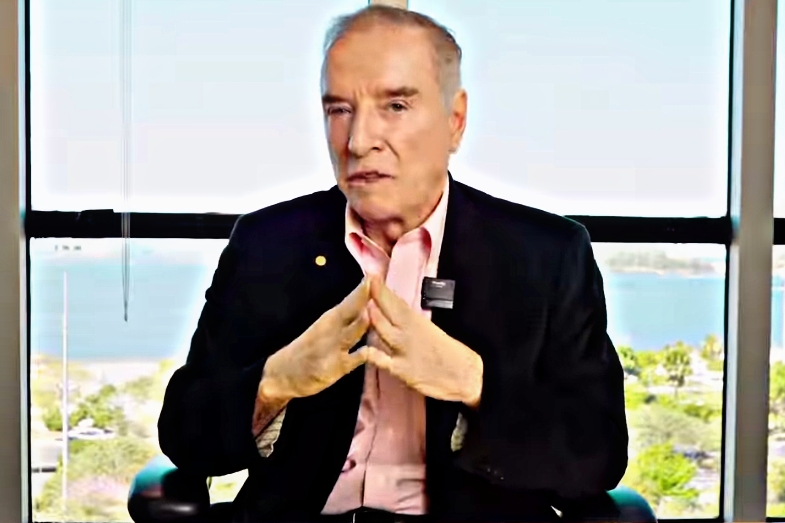Eike Batista, once celebrated as Brazil’s richest man and a symbol of the nation’s booming economy, experienced a meteoric rise to wealth and an equally dramatic downfall. His story is one of ambition, vision, excess, and ultimate redemption, intertwined with the broader economic trajectory of Brazil in the 21st century. This article explores Eike Batista journey, examining the factors that fueled his ascent, the decisions that led to his collapse, and the lessons his life offers for entrepreneurs and policymakers alike.
Early Life and Education: A Foundation of Privilege and Ambition
Eike Fuhrken Batista da Silva was born on November 3, 1956, in Governador Valadares, Minas Gerais, Brazil, into a family of privilege and influence. His father, Eliezer Batista, was a prominent figure in Brazil’s energy and mining sectors, serving as the Minister of Mines and Energy and later as the president of Vale, one of the world’s largest mining companies.
Eike Batista upbringing provided him with unique insights into the energy and mining industries, a network of influential contacts, and an insatiable ambition. After high school, he moved to Europe to pursue mechanical engineering at RWTH Aachen University in Germany. However, Batista’s academic journey was short-lived, as he left university before completing his degree. This decision would later symbolize his preference for practical experience and intuition over formal education.
The First Fortune: Gold and Precious Metals
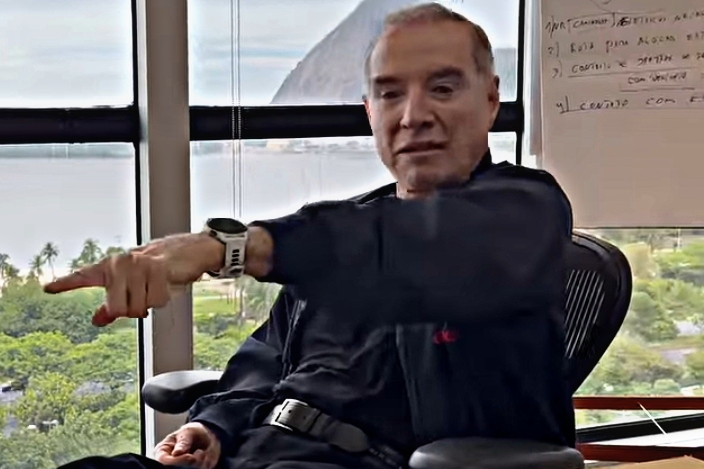
Batista’s entrepreneurial journey began in the 1980s with a foray into the gold and precious metals business. Starting with limited capital, he founded Autram Aurem, a gold trading company, and quickly expanded his operations to the Amazon rainforest. His strategy involved purchasing gold from local miners and selling it in international markets.
By the mid-1980s, Batista had amassed significant wealth, eventually venturing into mining. His first mining company, TVX Gold, was a game-changer. Batista took the company public on the Toronto Stock Exchange, raising millions of dollars and positioning himself as a global player in the mining industry. His success in gold mining laid the groundwork for his later ventures, proving his ability to navigate the complex world of commodities.
The X Empire: Ambition Without Limits
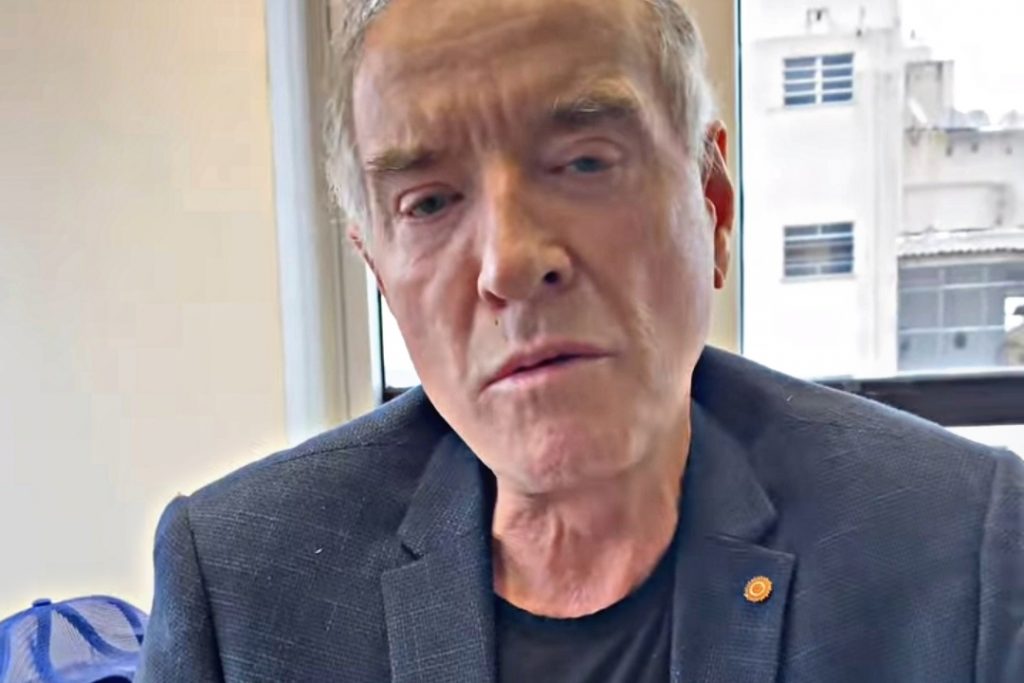
Eike Batista is best known for creating the “X Empire,” a series of companies whose names all included the letter “X,” symbolizing multiplication and wealth creation. Among these companies were OGX (oil and gas), MPX (energy), LLX (logistics), and MMX (mining). Batista’s vision was audacious: to build an integrated industrial conglomerate that would dominate Brazil’s resource sectors and position the country as a global economic powerhouse.
At the height of his success in the late 2000s, Batista’s personal fortune soared to an estimated $30 billion, making him the seventh-richest person in the world according to Forbes. His companies attracted billions of dollars in investments from international banks, sovereign wealth funds, and individual investors, all eager to capitalize on Brazil’s burgeoning economy and Batista’s reputation as a visionary.
One of Eike Batista most ambitious projects was OGX, his oil and gas exploration company. Promising massive reserves in untapped Brazilian offshore fields, OGX attracted significant investment and became the flagship of Batista’s empire. However, as later events would reveal, these promises were based on overly optimistic projections and insufficient geological evidence.
The Collapse: From Billionaire to Bankruptcy
The cracks in Batista’s empire began to show in 2012 when OGX failed to deliver on its production targets. Investors and analysts, who had previously been enamored by Batista’s charisma and promises, started to question the viability of his projects. The situation worsened when it became evident that many of his ventures were overly leveraged and reliant on debt.
By 2013, OGX filed for bankruptcy, marking the largest corporate default in Latin America at the time. The collapse of OGX triggered a domino effect, leading to the downfall of other companies in the X Empire. Batista’s personal fortune evaporated almost overnight, and by 2014, he was no longer a billionaire.
The Brazilian government and regulators also began investigating Eike Batista business practices, accusing him of insider trading and market manipulation. In 2018, he was convicted of bribery and money laundering, receiving a 30-year prison sentence. However, his sentence was later reduced, and he served part of it under house arrest.
Lessons from Eike Batista Fall
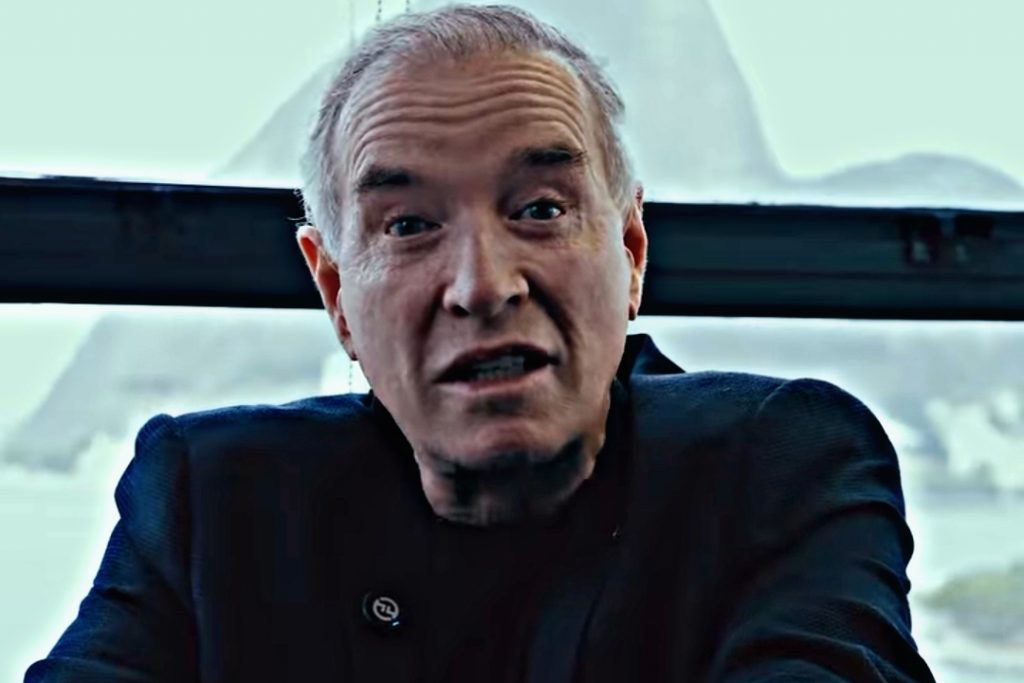
Eike Batista story is a cautionary tale for entrepreneurs, investors, and policymakers. Several key lessons emerge from his rise and fall:
- The Perils of Overconfidence
Eike Batista charisma and relentless optimism attracted investors but also led to overambitious projects based on speculative assumptions. His downfall highlights the importance of grounding business decisions in realistic projections and rigorous due diligence. - The Dangers of Overleverage
Eike Batista empire relied heavily on debt to finance its projects, leaving it vulnerable to market fluctuations and operational setbacks. This overreliance on leverage serves as a warning about the risks of excessive borrowing. - Transparency and Accountability
The lack of transparency in Batista’s companies eroded investor confidence when challenges arose. His legal troubles further underscored the importance of ethical business practices and adherence to regulatory standards. - The Role of Economic Cycles
Batista’s rise coincided with Brazil’s economic boom, driven by high commodity prices and investor optimism about emerging markets. His fall mirrored the broader economic downturn that followed the end of the commodities supercycle, illustrating the cyclical nature of economic fortunes.
A Glimmer of Redemption
In recent years, Batista has sought to rebuild his life and reputation. While his financial empire may never return to its former glory, he has expressed a commitment to learning from his mistakes and contributing positively to society. In interviews, he has reflected on the lessons of his downfall, emphasizing the importance of humility and resilience.
Eike Batista story also highlights Brazil’s ongoing struggle with corruption, economic inequality, and the challenges of managing resource wealth. His rise was fueled by the optimism of a nation on the rise, while his fall exposed the vulnerabilities of Brazil’s economic and regulatory systems.
The Visionary Who Dreamed Too Big
At the heart of Eike Batista story lies his grand vision for Brazil. His ambition extended beyond personal wealth; he sought to position Brazil as a global economic powerhouse. Batista believed in the untapped potential of his country’s natural resources and infrastructure. His projects were audacious—creating entirely new industries, building ports in remote regions, and developing energy grids to power cities.
One of Eike Batista most famous projects was the Porto do Açu in Rio de Janeiro, a deep-water port that he envisioned as a hub for global trade. Designed to rival the world’s busiest ports, Açu was intended to facilitate the export of Brazilian oil, iron ore, and other resources. Batista spared no expense, investing billions of dollars into the project. However, delays, cost overruns, and lower-than-expected demand turned it into a symbol of his empire’s overreach.
Despite these setbacks, the port remains operational today, managed by new owners, and is a testament to the ambition that characterized Batista’s endeavors.
The Persona of Eike Batista
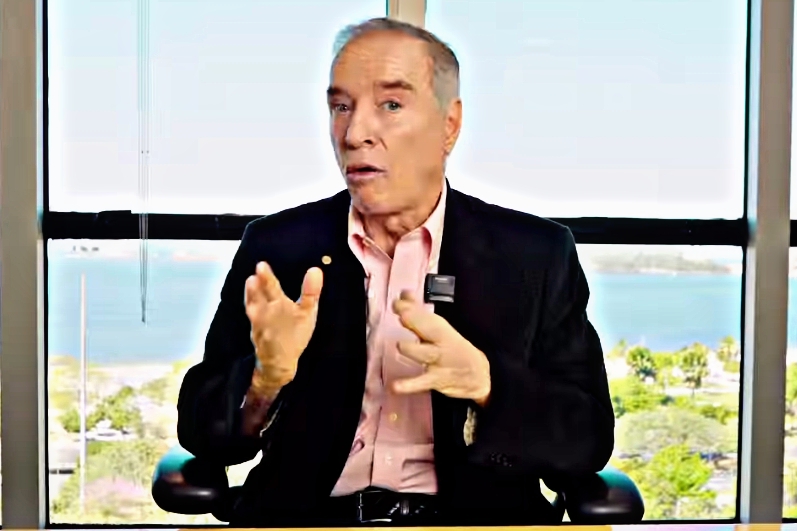
One of the reasons for Eike Batista extraordinary success was his larger-than-life persona. He was a master of self-promotion, cultivating an image of a bold entrepreneur who could turn visions into reality. Batista frequently appeared in the media, showcasing his luxurious lifestyle, including private jets, yachts, and a collection of sports cars.
His confidence was infectious. Eike Batista was known for saying, “Think big,” a philosophy that resonated with investors eager to ride the wave of Brazil’s economic boom. He claimed to have a “Midas touch,” promising exponential returns on investments. For a time, the world believed him.
However, this same confidence became his Achilles’ heel. Critics argued that Batista’s charm often overshadowed the substantive challenges his companies faced. His penchant for overpromising, coupled with a lack of transparency, eventually eroded trust.
The Role of the Brazilian Economy
Eike Batista’s rise and fall cannot be fully understood without considering the broader context of Brazil’s economic trajectory. During the early 2000s, Brazil experienced a period of rapid economic growth, fueled by high global demand for commodities such as iron ore, oil, and soybeans.
Eike Batista empire grew in tandem with this boom. His ventures were perfectly aligned with the government’s push for industrialization and infrastructure development. Batista’s relationship with Brazilian politicians and his ability to secure favorable terms for his projects further enhanced his success.
However, when commodity prices began to decline in the early 2010s, the weaknesses in Brazil’s economy—and in Eike Batista business model—were exposed. The country’s overreliance on commodities, coupled with political scandals and corruption, created a perfect storm that engulfed Batista and many others.
Legal Troubles and Public Perception
Eike Batista legal troubles were as dramatic as his financial collapse. In 2017, he was arrested on charges of corruption, money laundering, and bribery. Prosecutors alleged that Batista had paid millions of dollars in bribes to former Rio de Janeiro Governor Sérgio Cabral in exchange for government contracts and favorable treatment.
The case was part of Brazil’s broader anti-corruption crackdown, known as Operation Car Wash (Lava Jato), which implicated dozens of politicians and business leaders. Batista’s conviction marked a turning point in his public image. Once celebrated as a national hero, he became a symbol of corporate greed and corruption.
For many Brazilians, Eike Batista downfall was a moment of schadenfreude. His ostentatious lifestyle and perceived arrogance had made him a polarizing figure. However, others saw his legal troubles as indicative of systemic issues within Brazil’s business and political ecosystems.
The Human Side of Eike Batista
Despite his flaws, Eike Batista story is also one of resilience and adaptability. After his empire crumbled, he attempted to rebuild his life, albeit on a smaller scale. Batista expressed regret for the mistakes he made, often speaking about the importance of humility and learning from failure.
In recent years, Batista has remained active in the business world, focusing on smaller ventures and consulting work. While he may never regain his former status, he continues to inspire debate about the nature of success and failure in the modern economy.
One poignant aspect of Batista’s journey is his relationship with his family. Batista has spoken about the importance of their support during his most challenging times. His children, Thor and Olin, have also sought to carve out their paths, often distancing themselves from their father’s controversies while acknowledging his influence on their lives.
Reflections on Wealth, Power, and Legacy
Eike Batista story is about more than one man’s rise and fall—it’s a reflection of the broader dynamics of wealth, power, and ambition in the global economy. Batista’s ambition, while extraordinary, was not unique. Across the world, entrepreneurs in emerging markets have sought to capitalize on their nations’ natural resources and economic potential.
What sets Batista apart is the scale of his vision and the speed of his collapse. His story serves as a reminder of the risks inherent in large-scale ventures, particularly in volatile markets. It also highlights the importance of ethical leadership and the dangers of overconfidence.
For Brazil, Eike Batista legacy is a mixed one. While his projects often failed to deliver on their promises, they also laid the groundwork for future development. The Porto do Açu, for example, remains an important piece of infrastructure, despite its troubled history.
Conclusion
Eike Batista’s life is a study in extremes—a testament to human ambition and a warning about the perils of unchecked hubris. His rise from a gold trader to one of the world’s richest men captured the imagination of a generation, while his downfall serves as a sobering reminder of the fragility of success.
As Brazil continues to evolve, Eike Batista legacy remains a poignant chapter in its economic history, offering valuable lessons for entrepreneurs, investors, and policymakers navigating the complexities of the global economy. In the end, Eike Batista’s story is not just about wealth and power but about the resilience of the human spirit in the face of adversity.

